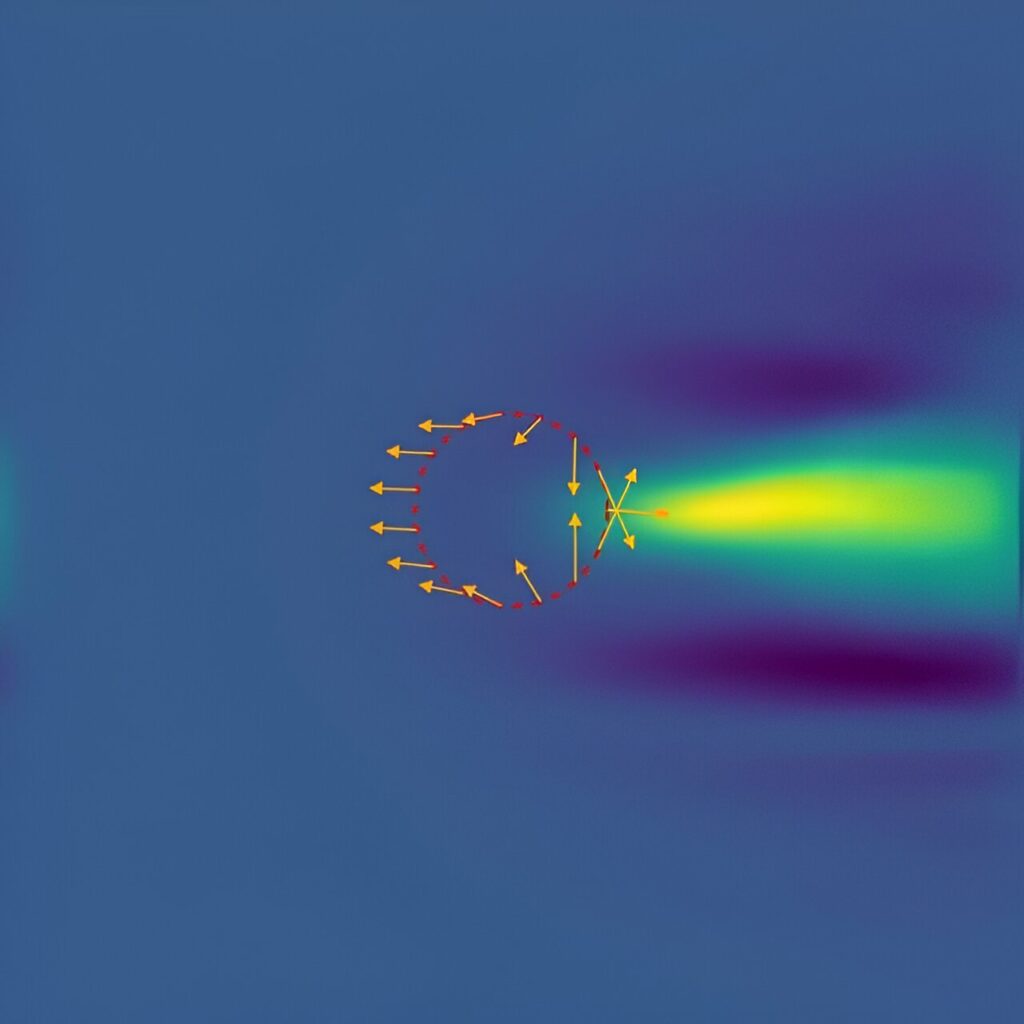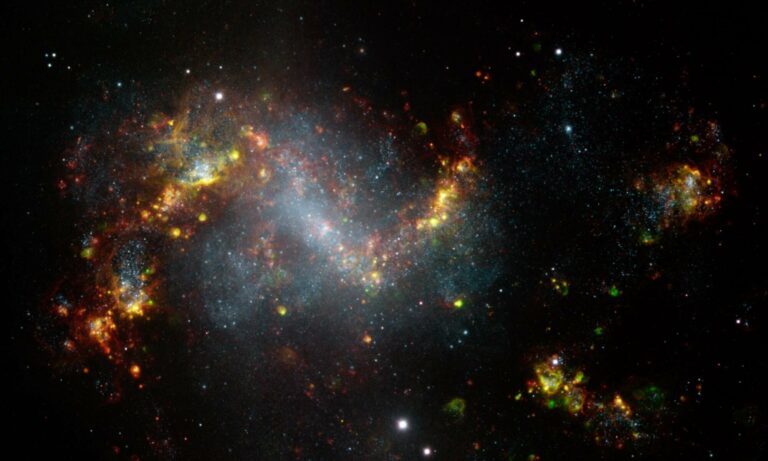Potential Role of Dark Matter in Elucidating the Merging Process of Supermassive Black Holes
Despite the ongoing mystery surrounding the true nature of dark matter, astronomers have made significant progress in understanding its fundamental physical characteristics. We now possess knowledge regarding its tendency to cluster around galaxies, its substantial contribution to the overall matter content of the universe, and even its ability to interact with itself. A recent study, published on the pre-print server arXiv, delves into the intriguing topic of the speed at which dark matter can move.
The study primarily investigates a phenomenon known as dynamical friction, which, despite its name, does not involve the conventional friction observed between two objects in direct contact. A more accurate term for this effect would be gravitational drag. This concept was initially explored by Subrahmanyan Chandrasekhar in 1943 and arises from the gravitational interactions of a diffuse celestial body.
Consider a scenario where a massive star traverses through a cluster of red dwarf stars. Although it is unlikely for any of the stars to collide, their gravitational interactions will impact the motion of the stellar bodies. As the massive star departs from the cluster, it gradually decelerates due to the gravitational pull exerted by the red dwarf stars.
Conversely, the red dwarf stars experience a slight acceleration as they are subtly drawn towards the massive star. By monitoring the changes in velocity among the stars within the cluster, it becomes possible to determine the initial speed of the cluster prior to the encounter.
This same phenomenon can also occur between ordinary matter and dark matter. The presence of dark matter influences the motion of stars within a galaxy, and through the mechanism of dynamical friction, it distorts the shape of the galaxy.
To calculate the motion of dark matter in close proximity to a galaxy, the research team focused on identifying distorted galaxies that exist outside of densely populated galactic clusters. Since these galaxies are relatively isolated, any distortion observed must be attributed to the presence of dark matter.

The researchers then proceeded to compare the shape of these distorted galaxies with N-body simulations in order to analyze the movement of dark matter. One of their concerns was the potential impact of data uncertainty, which could hinder the ability to establish significant constraints on dark matter.
The team demonstrated that the data scatter for the available samples is only approximately 10%. This level of precision enables its application to nearby galaxies. For instance, by conducting detailed observations of the Large Magellanic Cloud using Gaia, astronomers can gain insights into the speeds of dark matter in that region.
This approach equips astronomers with an additional tool for investigating dark matter. As future observations enable us to determine the characteristics of dark matter more accurately, we may eventually unravel the true nature of this mysterious substance.
This article is republished from PhysORG under a Creative Commons license. Read the original article.
Do not forget to share your opinion with us to provide you with the best posts !




0 Comments